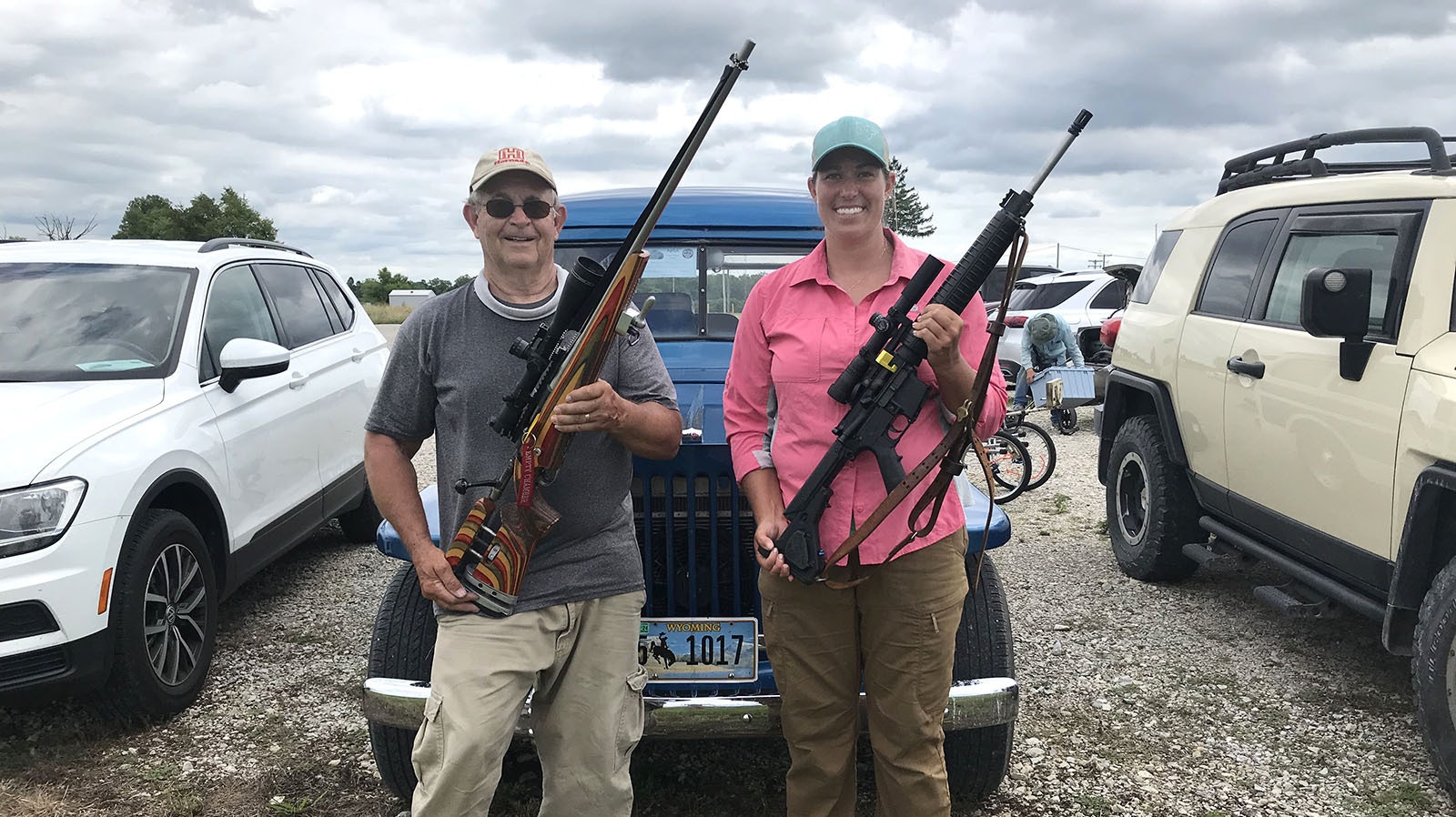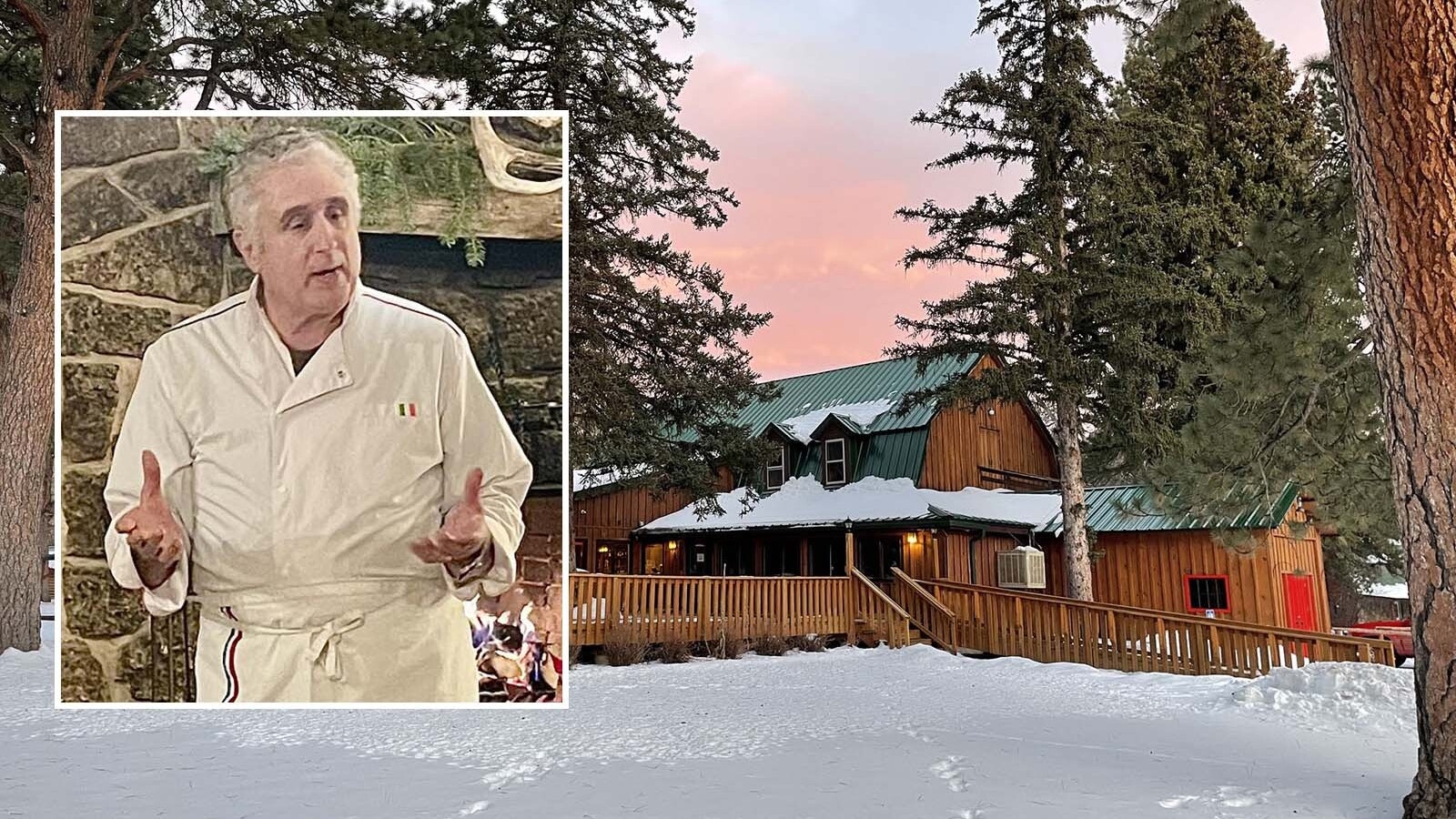When Kenny Lankford was a teenager in the 1960s, he displayed blooming talent as a competition rifle shooter, and his coaches responded by providing him with military surplus rifle.
“The rifle team coach was a former army shooter,” Lankford, of Albany, told Cowboy State Daily. “I was supplied with an M1 Garand and some ammunition.”
The M1 Garand, the U.S. military’s first semi-automatic infantry rifle, ruled battlefields during World War II. It was chambered in the venerable .30-06 cartridge. It was followed by the M14 rifle, which was similar in design, but featured a detachable box-style magazine and was chambered for the slightly smaller 7.62×51mm NATO cartridge. That round is still known among hunters as the steadfastly reliable .308.
But that was then.
Nowadays, school-sponsored rifle teams are hardly heard of. Firearms and schools are mostly associated with high-profile mass shootings, not competitive rifle teams.
And Lankford is worried that his beloved sport is fading away.
“We’ve come a long way from when we had teenage kids handling M14 rifles, and handling them responsibly,” he said.

Taking Nationals
Now in his 70s, Lankford recently proved that his still has what it takes. In July, he hopped into his 1948 Willys Jeep station wagon and drove to Camp Atterbury in Edinburgh, Indiana. There, he won this year’s NRA Match Rifle Championship.
While many of his competitors were using modern semi-auto AR-15 rifles, Lankford stuck with an old reliable favorite – a Remington 700 bolt-action rifle chambered in .223.
Ask to describe his winning formula, Lankford said there isn’t anything particularly obscure about it. Just lots of practice, and sticking to the fundamentals.
“You have to focus on the basics, really. The trigger pull, holding the rifle steady and executing the shot without moving the rifle. It’s as simple as that,” he said.
The rifle competitions are based on military marksmanship, he said.
It starts with shooting from a standing position at 200 yards. Then comes shooting rapid fire at 200 yards from a sitting position.
“Rapid fire” in rifle competitions means the shooter must pull off 10 shots within 60 seconds. Lankford’s rifle has a five-round magazine, so he had to reload halfway through the drill.
After that, there’s rapid fire from a prone position at 300 yards. And finally, slow fire from a prone position at 600 yards.
“Slow fire” means competitors get a full minute for each shot, he said.
“It’s a sport that’s created around military rifles, going back to the M1 Grand, which has an 8-round clip that’s inserted into the rifle’s internal magazine,” he said. “And since it’s military-style shooting, we use slings for stabilization, not bipods.”

High-Tech Targets
The technique of match rifle shooting might be old-school, but the competition this year benefited from new technology — electronic targets.
“Electronic targets have four microphones, one mounted on each corner of the target frame. The microphones are hooked up though a processor,” he said.
The system works because many rifle bullets travel faster than the speed of sound.
“When the bullet comes through and hits the paper target inside the frame, the microphones pick up the sonic ‘crack,’” he said. “The system calculates the sequence, or which of the four corner microphones picked up the sound first. That triangulates the placement of the bullet on the target, which is sent back to the shooter, via wifi, to your smart phone or tablet.
“The shooter has a little screen display of the target, and about one or two seconds after a shot is fired, the placement of the shot on the target shows up on his display.”
That saves range crews from frequently having to shut shooting down so they can run downrange to check hits on targets. And that, in turn, leaves more time for shooting, which helps the competitions go quicker, Lankford said.
He is president of the Wyoming State Shooting Association, as well as president and founding board member of the Laramie Rifle Range, and said that some electronic targets were recently installed at the Laramie range.

Encouraging Young Shooters
While some shooting sports — such as shotgun trap and skeet shooting, as well as competitive three-gun matches — seem to be catching on with younger folks, Lankford said match rifle shooting seems to be fading.
“This is kind of a dying sport. The average age of the shooters in now in the 50s,” he said.
As to why that is, Lankford said he’s not sure.
“We’ve been asking that question for decades. I think it’s just a proliferation of other things for kids to do, like video games and sports camps.”
Even so, match rifle shooting instills “discipline and accountability,” so he thinks it important to keep it going among the younger generations.
A stigma against having firearms and shooting sports associated with schools hasn’t helped, he said.
He’s not happy about a recent move to pull federal funding for school programs involving hunter education, shooting sports and archery.
Working With Schools
Lankford said he’s been trying to work with Wyoming school districts and the Wyoming Game and Fish department to follow through on a 2020 Wyoming Legislature resolution calling for shooting sports to be reinstalled in schools as a physical education elective.
He said match rifle shooting greatly benefitted him growing up, and he’s like to see youngsters continue to benefit from it.
“We train kids to develop themselves, to work well with others and to compete and compete safely. And that has value for a lifetime,” he said.
“I used to take my a cased .22 rifle and get on the school bus with it, and then go to rifle class after school. You just can’t do that anymore,” he added.
Mark Heinz can be reached at mark@cowboystatedaily.com.





